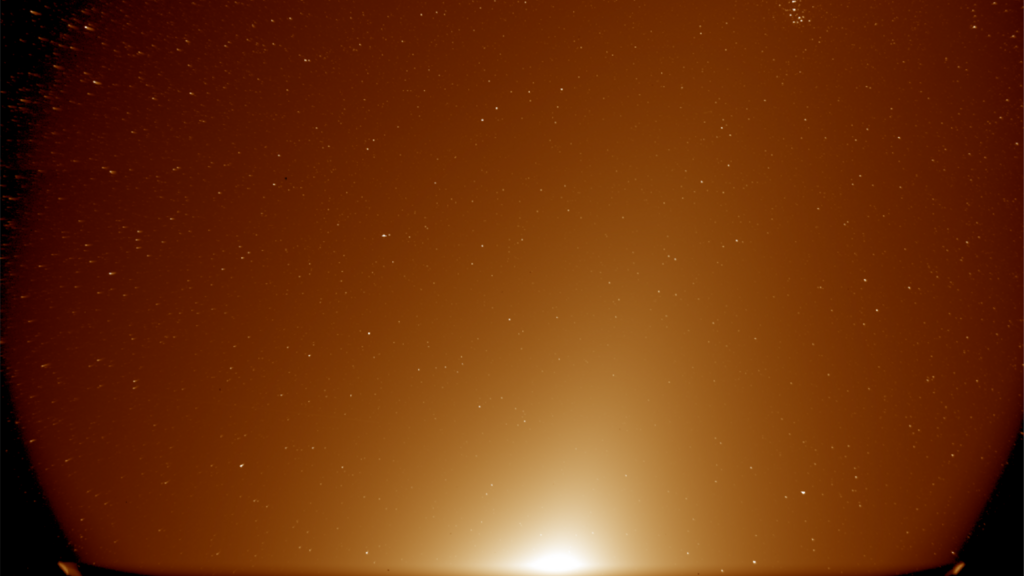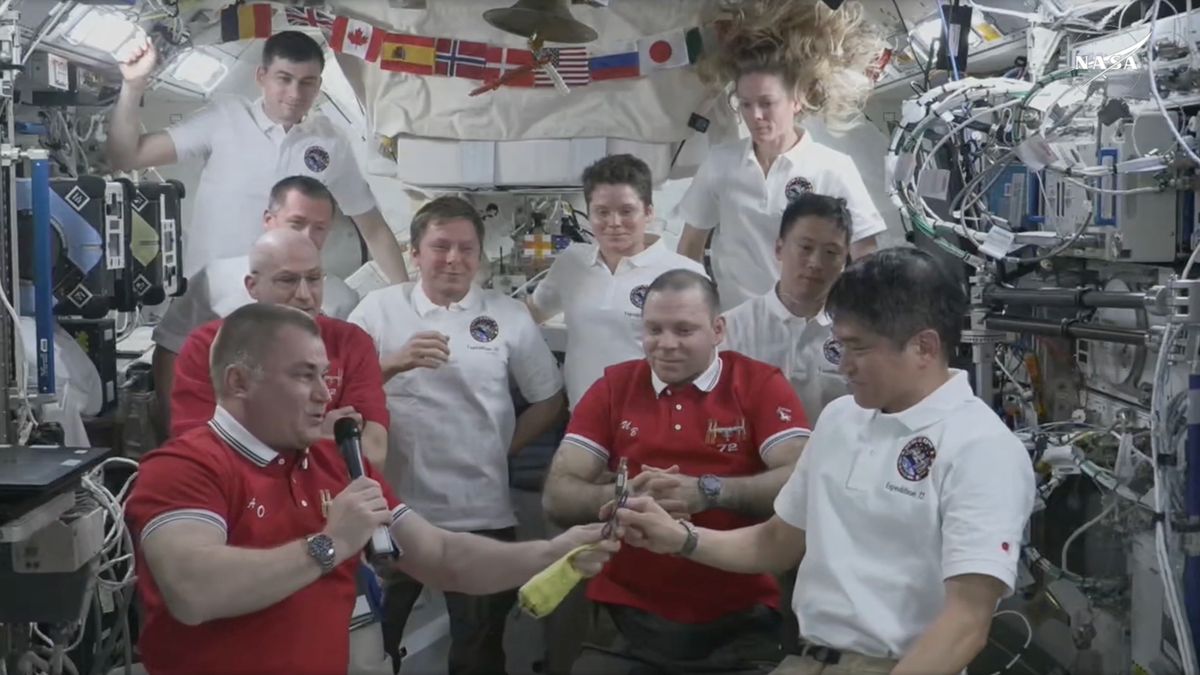Now Reading: NASA’s PUNCH Mission Shares First Sun Images, Marks Milestone
-
01
NASA’s PUNCH Mission Shares First Sun Images, Marks Milestone
NASA’s PUNCH Mission Shares First Sun Images, Marks Milestone

Rapid Summary
- NASA’s PUNCH (Polarimeter to unify the Corona and Heliosphere) solar study mission, consisting of four small satellites working collectively, has captured its first-light images.
- These images showcase stars against a dark sky wrapped in zodiacal light, which is sunlight reflected by dust orbiting the Sun.
- The mission aims to isolate features within the solar wind to understand how the Sun’s corona transforms into solar wind and fills the heliosphere-a bubble around our solar system made of charged particles from the Sun.
- Four imaging instruments-three Wide Field Imagers (WFI) and one Near Field Imager (NFI)-are being calibrated to remove background interference like stars or zodiacal light for clearer observations of faint solar materials.
- During commissioning, “water-powered” miniature rocket engines were successfully demonstrated for trajectory corrections using safe hydrogen and oxygen fuels produced by passing an electric current through water.
- PUNCH launched on March 11 aboard SpaceX Falcon 9 shared with NASA’s SPHEREx mission; data analysis is expected to begin in June, with scientific findings anticipated this summer.
Indian Opinion analysis
The successful commissioning-phase milestones achieved by NASA’s PUNCH satellite constellation mark a step forward in understanding critical phenomena like the transition between the solar corona and solar wind that directly impact technologies reliant on space weather predictions. Given India’s aspirations in space exploration via ISRO programs such as Aditya-L1 focused on studying similar topics about our Sun, India’s space science could benefit greatly from observing international collaborations like PUNCH for technical learnings or complementary missions enhancing global knowledge coordination.
Additionally, PUNCH’s use of innovative propulsion systems demonstrates eco-friendly advancements suited for multi-satellite setups relevant not just globally but also locally if tailored into India-based Small Satellite Orbital Vehicles conceptually-ready modular missions.























